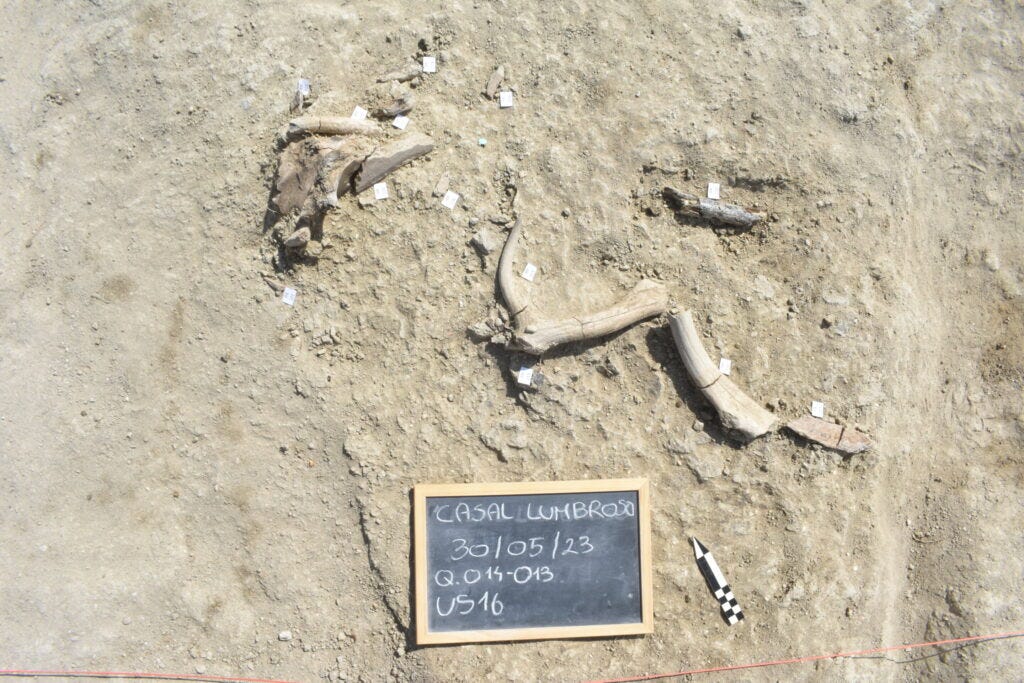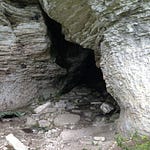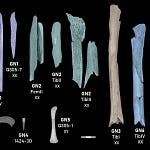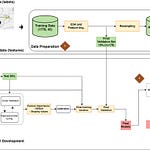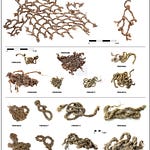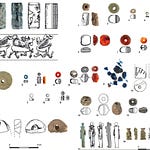The Landscape of Giants
Four hundred thousand years ago, the region that would one day cradle the city of Rome was not marble and empire but marsh and meadow. The Tiber River meandered through a humid, forested plain where elephants wandered among stands of oak and laurel. Herds of Palaeoloxodon antiquus—the massive straight-tusked elephant—rumbled across the land, their trunks churning the soil as they foraged in the warm interglacial sun.
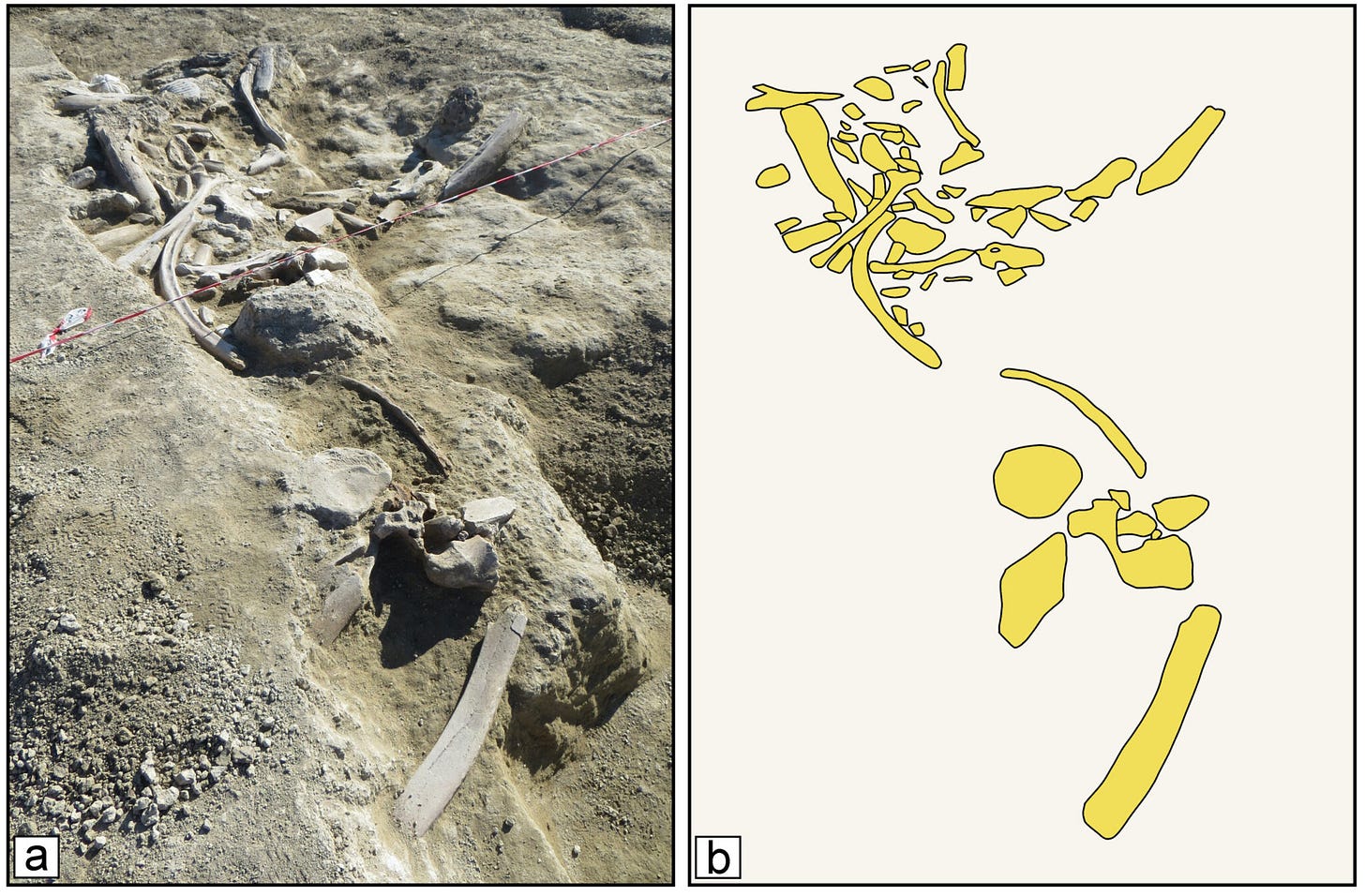
In this landscape of abundance, small groups of early humans—likely Homo heidelbergensis—watched and waited. They were part of a species in transition: bigger-brained than their ancestors, not yet Neanderthals, and already capable of reshaping their world with stone, fire, and cooperation.
When one of those elephants fell—perhaps trapped in mud, or weakened by age—humans seized the opportunity. What unfolded at that site, now called Casal Lumbroso, would be frozen in time beneath layers of Tiber silt: a meeting of species that speaks across nearly half a million years.
Reading a Butchery in the Earth
In a new study published in PLOS One1, a team led by archaeologist Beniamino Mecozzi of Sapienza University of Rome uncovered the remains of a single Palaeoloxodon surrounded by more than 500 stone tools. The discovery paints one of the most vivid pictures yet of how early humans navigated their environment—and how they turned its challenges into opportunities.
Listen to this episode with a 7-day free trial
Subscribe to Anthropology.net to listen to this post and get 7 days of free access to the full post archives.


